Which Japanese conveyor belt sushi chain has the best saltwater eel sushi?【Taste test】
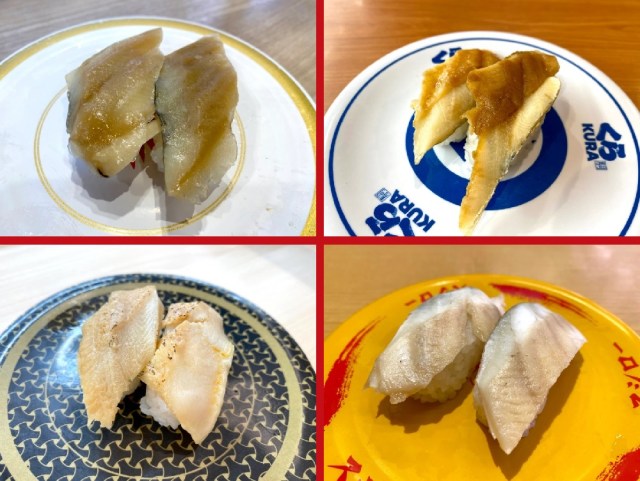
It’s a four-way anago showdown of affordable luxuries.
Japan’s conveyor belt sushi, or kaitenzushi, restaurants are a lot easier on the wallet than more upscale eateries specializing in Japan’s most famous culinary contribution. That doesn’t mean that the menu is limited to the cheapest types of seafood at kaitenzushi places, though. As we’ve seen in the past, even the most affordable chains offer premium sushi toppings such as ikura (salmon roe) and chutoro (extra-fatty tuna).
Today we’re comparison taste-testing another member of the sushi topping aristocracy: anago. Anago is what Japan calls saltwater eel, or conger eel (not to be confused with unagi, freshwater eel), and as per our established testing protocol, we sent our Japanese-language reporter P.K. Sanjun around to the four biggest kaitenzushi chains, Kappa Sushi, Kura Sushi, Hama Sushi, and Sushiro, to try their offerings. P.K. visited all four restaurants on the same day within the span of three hours to eliminate any possible seasonal differences in taste, and with all four chains charging 110 yen (US$0.82) for two pieces of anago sushi, price isn’t a differentiating factor either.
▼ Clockwise from top left: Kappa Sushi, Kura Sushi, Sushiro, and Hama Sushi
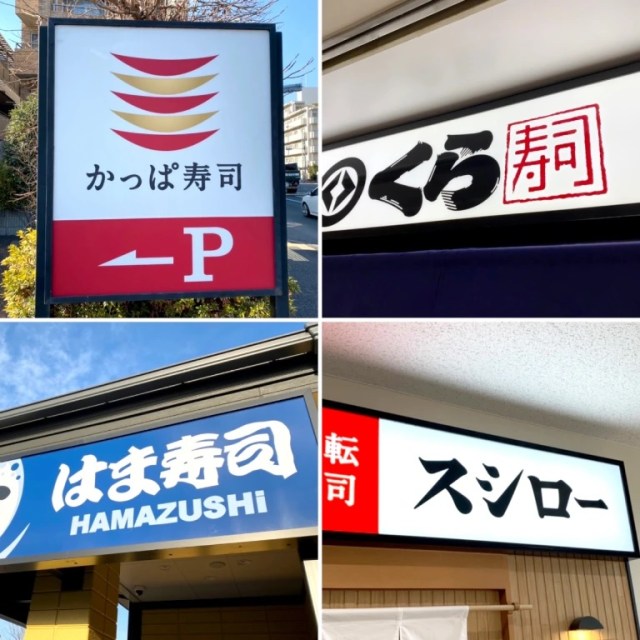
You’ll notice that some of the chains call their anago “nianago,” meaning “boiled anago.” All the anago at sushi restaurants, though, is boiled and flash-seared, then brushed with a slightly sweet sauce.
P.K. has finished stuffing his face, so let’s see what food for thought he has in his notes.
● Kappa Sushi Nianago
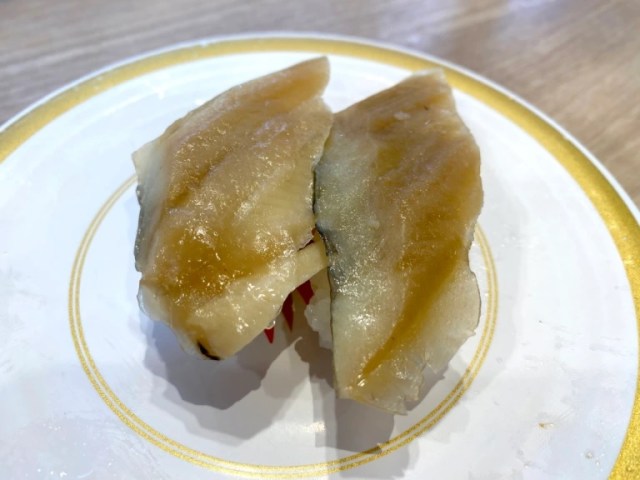
“The flavor isn’t bad, especially with the sauce helping out. But…the texture is kind of soggy, as if the eel was frozen and wasn’t completely defrosted before cooking. That gives it sort of a gelatin-like consistency, and while overall it’s not bad anago, it’s pretty middle-of-the-road, but don’t go in expecting a pleasingly plump texture.”
● Kura Sushi Anago
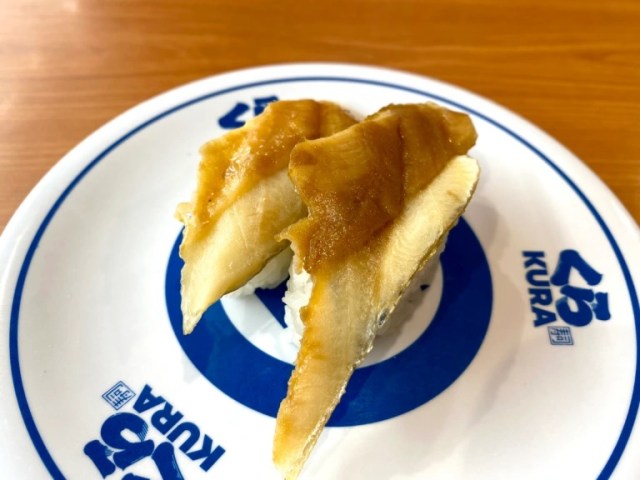
“I wouldn’t call this ‘plump,’ but the eel is nice and tender. The flavor isn’t bad either, and considering the price, you feel like you’re getting a good deal quality-wise. I don’t know if I’d go out of my way to recommend it, but I wouldn’t try to talk you out of it either.”
● Hama Sushi Nianago
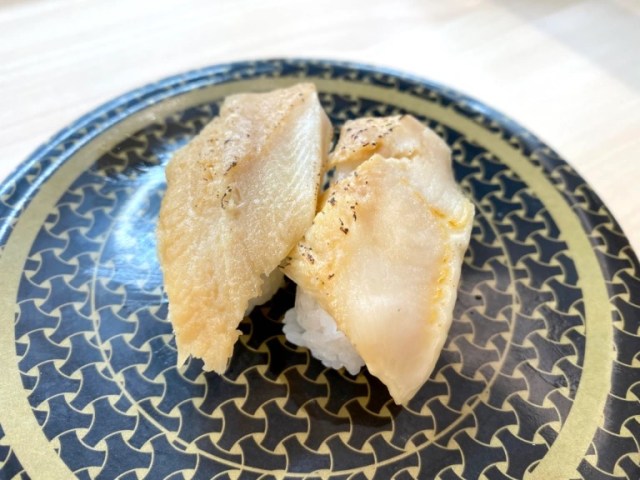
“In contrast to Kappa Sushi, Hama Susi’s anago doesn’t have any sogginess, and the flash-searing gives it a good texture and aroma. The eel is tender too, and you get the feeling that the cooks put a lot of effort into getting this sushi right.”
● Sushiro Nianago
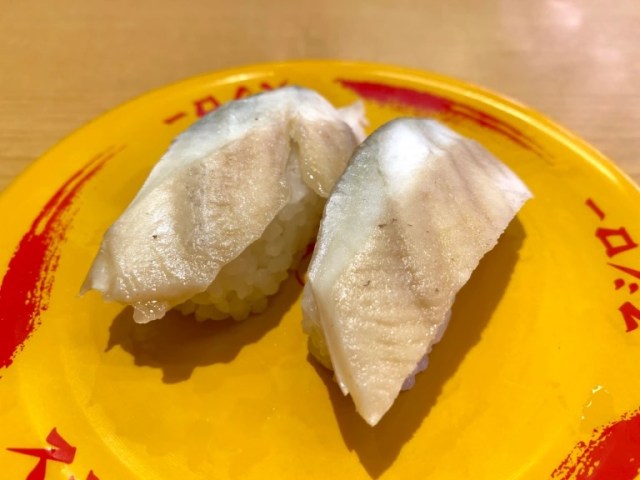
“Sushiro’s anago is the fluffiest of the bunch, which works great with the consistency of the rice. The eel itself is also the highest quality of the four chains’, and at this price point, this is the best anago sushi you can reasonably expect.”
So in the end, it’s another win for the always-competitive Sushiro, and if you do find yourself at Kappa Sushi, P.K. recommends sticking to the salad sushi.
Photos © SoraNews24
● Want to hear about SoraNews24’s latest articles as soon as they’re published? Follow us on Facebook and Twitter!
Credit:

0 comments: